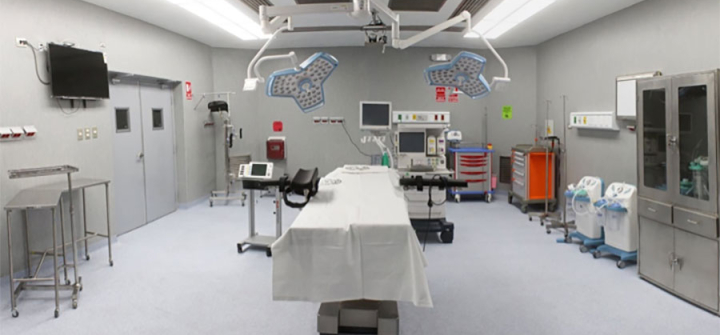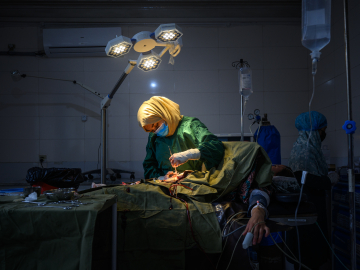How Surgery Could Help End Tuberculosis
Surgery might not immediately come to mind as a solution in the fight to end tuberculosis. Certainly, antibiotics are the standard treatment for this infectious disease that affects 10 million people worldwide. However, surgery could help decrease the burden—and it’s time to listen to the voices of surgeons and anesthesiologists who could make valuable contributions to the current push to end TB.
TB, first described in India more than 3,300 years ago, has afflicted humanity for centuries—yet we still don’t have an easy way to fight it.
The difficulty in treating tuberculosis lies in the various mechanisms the mycobacterium has developed to survive at the expense of its host. Lung lesions with thick walled tissue, called caverns, cluster the bacteria and protect it against host defense mechanisms or drugs. In these cases, pulmonary resection—a surgical procedure removing a section of a lung or the entire lung is removed—can be used as an adjunct therapy for TB.
“The surgery itself is challenging,” says Alfredo Sotomayor MD, a Peruvian thoracic surgeon from Hipolito Unanue Hospital in Lima, Peru and co-author of one of the largest surgical tuberculosis case series. “Selecting the right patient, working in a specialized team and taking adequate biosecurity measures are vital,” he adds. Sotomayor and colleagues recently inaugurated the first operating room in Hipolito for the management of tuberculosis.
Surgical management has proved beneficial in other scenarios, as well. In the US, 22% of spinal TB cases were treated with surgery between 2002 and 2011. Treating complications of sensitive forms of TB such as hemoptysis (bloody cough) and empyema (a collection of pus surrounding the lung) surgically also leads to significant improvements. Yet, there is plenty of space for research on surgery’s potential treating TB. For example, it isn’t yet clear when and how to maximize the benefits of surgery by complementing it with antibiotics.
The WHO has launched the “FIND. TREAT. All. #ENDTB” joint initiative to increase the number of people correctly diagnosed and adequately treated in order to reach the 40 million target by 2022. This could also serve as an opportunity to involve surgeons and other health professionals who have been treating TB for a long time, in limited resource settings, and can provide input on how their experiences have improved care for TB patients.
It is true that surgery is not applicable for every patient nor it is possible to provide surgery to everyone who needs it, especially in low- and middle-income countries. However, it is also true that it might be the only alternative for a group of patients who can no longer be helped by medical management.
Sebastian Shu, MD is a physician from Cayetano Heredia University in Peru and a research associate from the Program on Global Surgery and Social Change at Harvard Medical School. Follow him on Twitter: @SebastianShu
Join the tens of thousands of subscribers who rely on Global Health NOW summaries and exclusive articles for the latest public health news. Sign up for our free weekday enewsletter, and please share the link with friends and colleagues: http://www.globalhealthnow.org/subscribe.html
The first operating room for surgical management of tuberculosis was inaugurated at Hipolito Unanue Hospital in Lima, Peru on March 19, 2019. Image Courtesy of Hipolito Unanue Hospital




